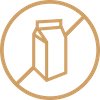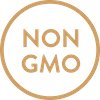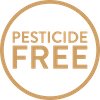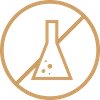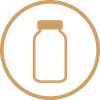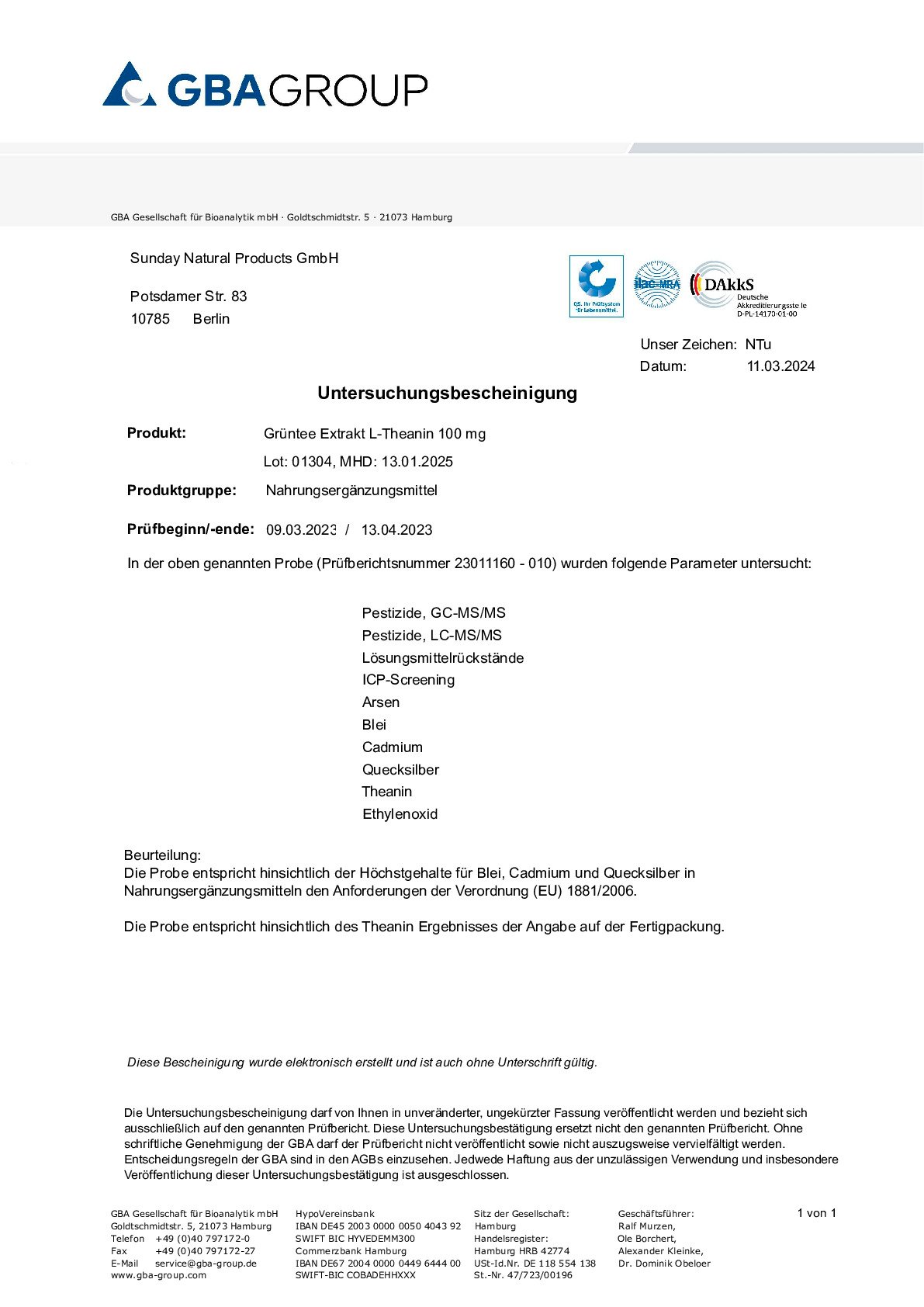Rather than using theanine from synthetic production, which is widely available on the market, we use plant-based L-theanine from the green tea plant (Camellia sinensis). Green tea extract not only offers a natural source of L-theanine but also contains many other phytochemicals including catechins and flavonoids, as well as amino acids.
The tea leaves for our green tea extract are sourced from a collective of tea farmers from remote regions in the provinces of Fujiang, Guangxi and Yunnan, China, some of whom have over 20 years' experience in growing green tea. These mountainous regions offer an optimal climate for the tea plants. The leaves are harvested only once per year, in spring, when they are particularly rich in valuable catechins. Around 500-900 tonnes of green tea leaves are needed for a single extraction.
We use a strictly monitored, custom extraction process to obtain our green tea extract. Using plants cultivated without the use of pesticides does not always guarantee a pesticide-free end product, as the plants can still come into contact with pesticides and pollutants during processing. This is why we ensure that the machines used for production are thoroughly cleaned following previous extractions, so that there are no residues which can be absorbed.
Around 4kg of green tea extract, with a theanine content of 60%, is produced from 1,000kg of green tea leaves. Our extract contains only the bioactive theanine form, L-theanine, and no D-theanine.
For the capsule shells we use custom-made HPMC capsules that, unlike most other HPMC and pullulan capsules on the market, are 100% free from controversial additives such as carrageenans and PEG. We then package this product in environmentally friendly amber glass.














